
Dogs
Dogs
Dogs are an excellent animal for introducing the course topics of genetics, behavior, and evolution.
Learning Objective: Provide possible explanations of how dogs descended from wolves, including the role and possible problems associated with artificial selection.

Watch this video; you can select the closed captioning \”cc\” option if you would like to see the text.
Dogs are descendants of wolves, although the actual original wolf species are being researched by comparing the DNA of living wolf species to dogs.
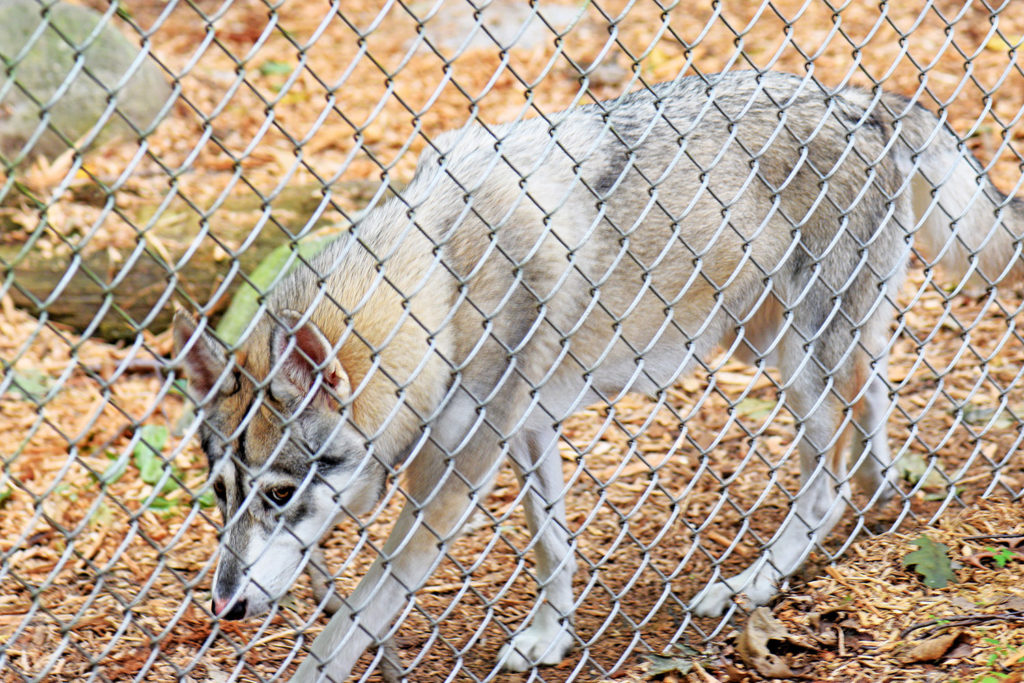
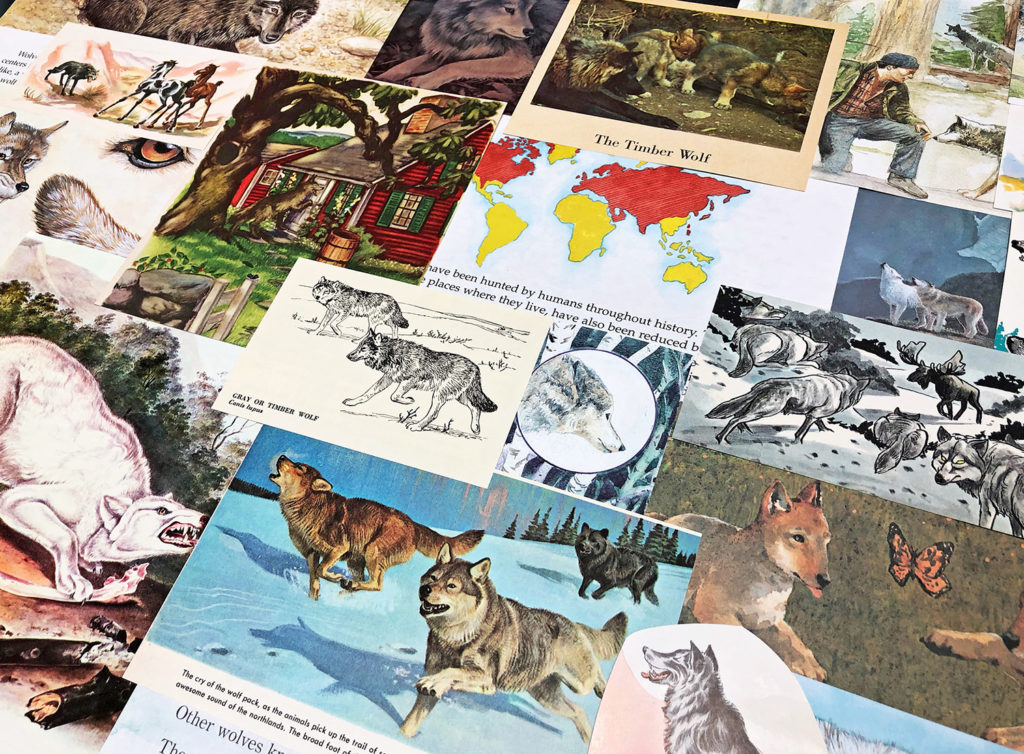
There is debate over whether humans selected calmer wolves to breed, or whether calmer wolves were able to creep close to humans to eat available food wastes. Either way, the dog descendants are considerable calmer that wolves.
“Calmer” behavior may have a genetic basis, a lower amount of adrenaline. Interestingly, this may explain why dog colors and patterns are so much more varied in dogs than wolves. Changes in adrenaline and various hormones may impact protein expression of visible traits like coat color.
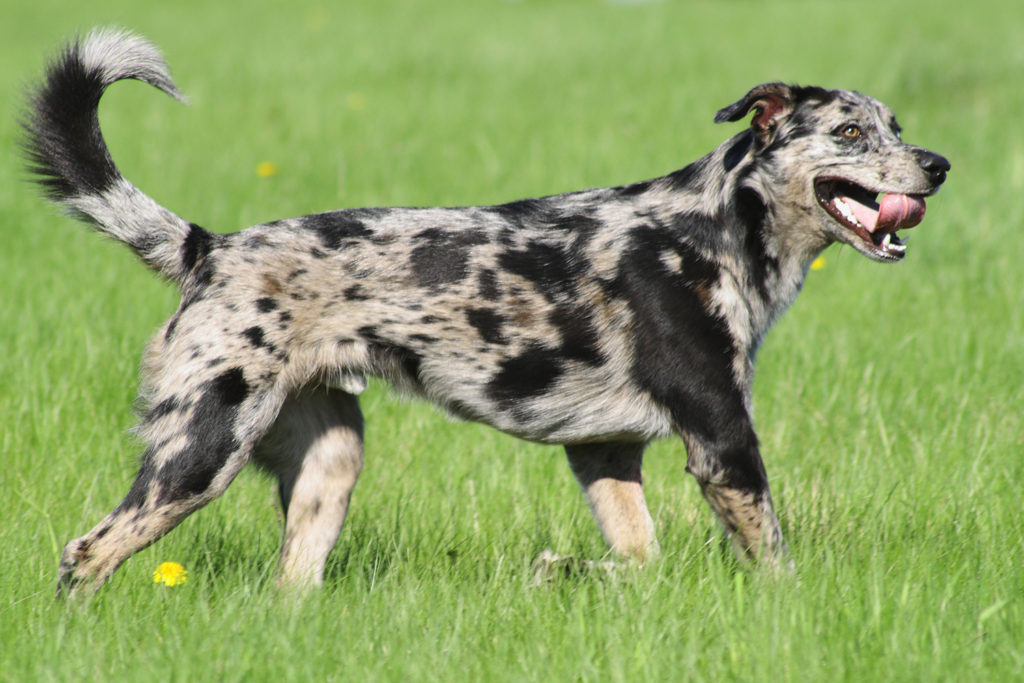
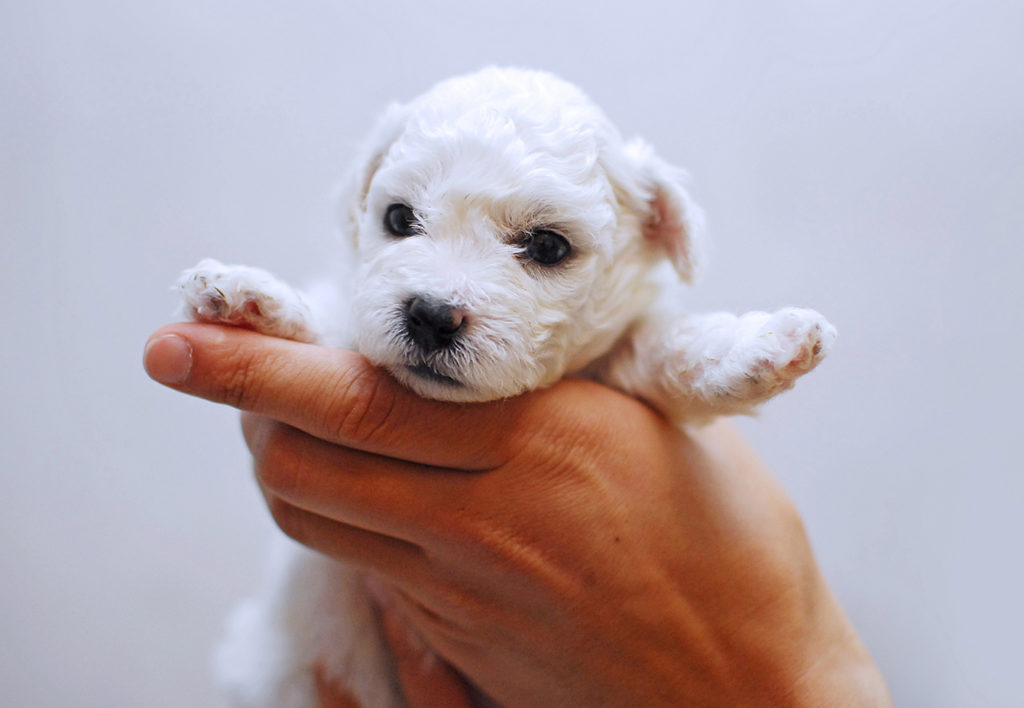
Dogs retain some of the behaviors of their ancestral wolves, including a pack behavior with a dominance hierarchy. Dogs imprint, or learn certain behaviors at a young age, when they are puppies. This includes recognizing family members, one of the reasons for handling puppies in their first few months of life.
Initially dog breeds were largely bred for hunting and protection. More recently dogs have been bred to “breed standards.” Mistakes have happened, including dogs that have narcolepsy (falling asleep at inappropriate times), arthritis (joint inflammation), heart disease, and shortened life spans.
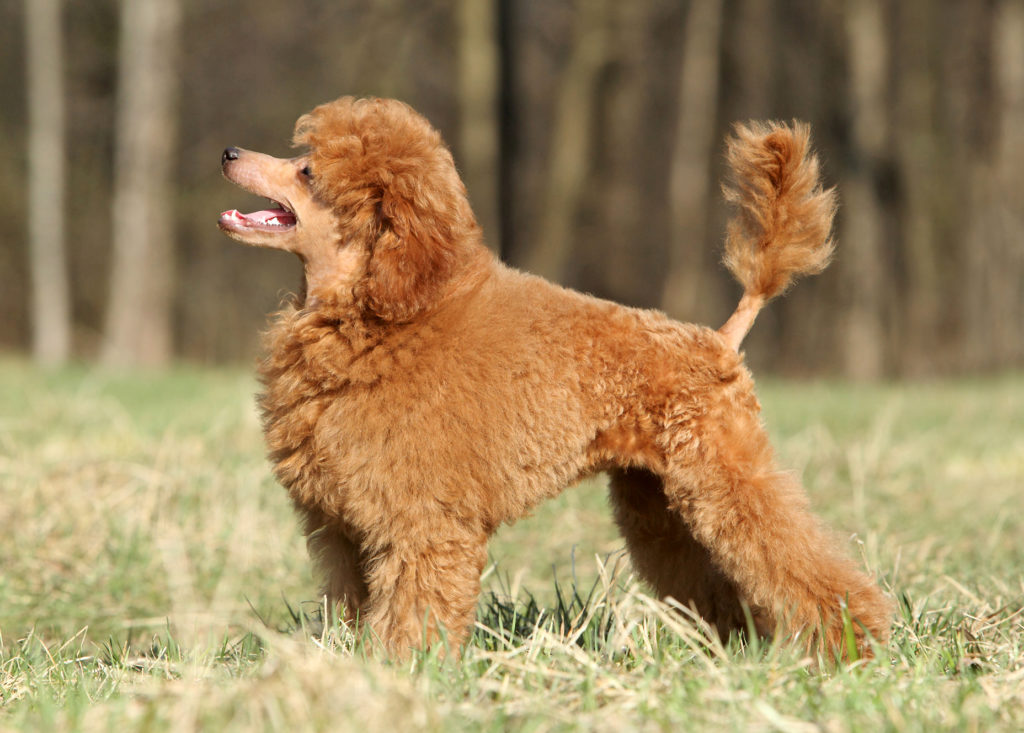
Artificial selection has led to diverse dog breeds.
(source: Shutterstock photos)

Watch this video; you can select the closed captioning \”cc\” option if you would like to see the text.
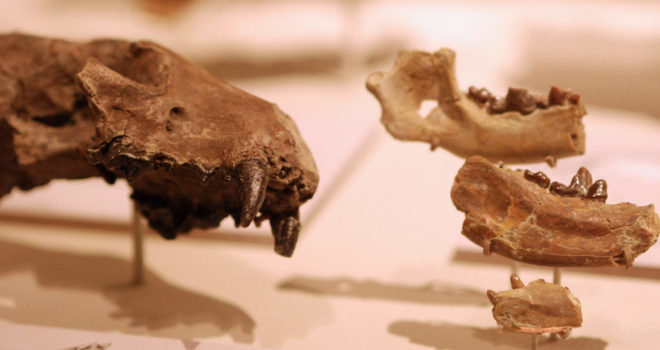
Dog ancestry is studied in part through modern genetic analysis of DNA, and in part through the fossilized remains of ancient wolves and dogs.
Many dog lineages (lines) have gone extinct over time, including at least three different groups of dogs that ranged North America in packs like wolves.
Some of the early hypotheses of dog ancestry prior to DNA analysis have been shown to be incorrect. This 1950s textbook illustration proposes the possibility that jackals were in part the ancestors of dogs. The same was thought of the wild dog packs of the African savannah (same common name, completely different species). We are learning that even if two species look alike and behave alike, they could have diferent evolutionary pathways.
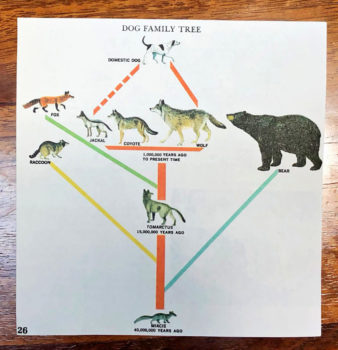
Dogs may be the ultimate example of artificial selection: breeding for structures and behaviors, tailoring a species to match human desires.
“Everything I know I learned from dogs.”
– Nora Roberts (author)











